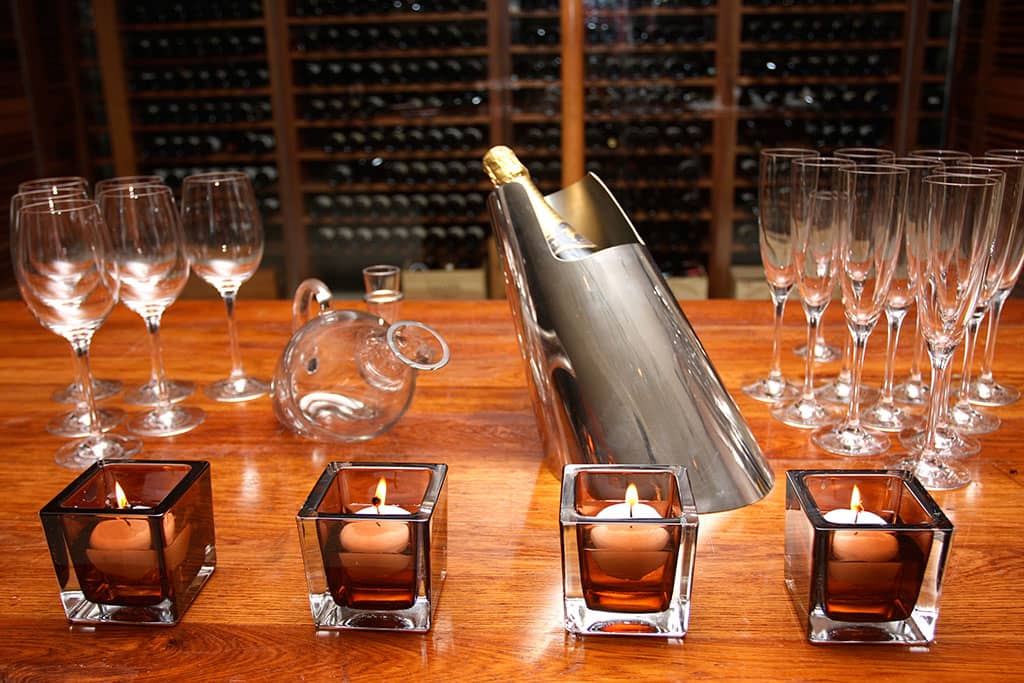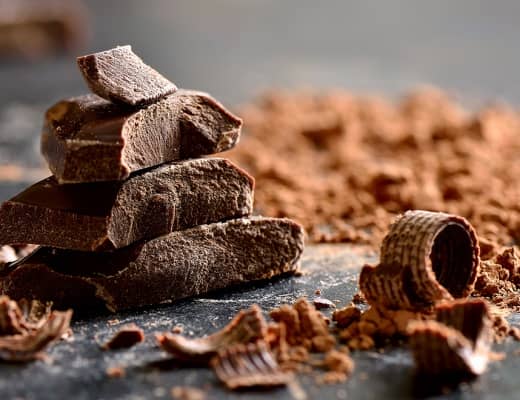Our Head Sommelier at Constance, Jérome Faure, takes you through the steps to aerate and decant wine.

Decanted wine
There’s a French word, carafage, which you probably won’t find in any dictionary even though it’s regularly used by wine experts and enthusiasts. For some, it simply means ‘pouring the contents of a bottle into a carafe’.
There are 2 ways that explain the why and how of carafage – to aerate (or let wine breathe) and to decant.
Aerating wine
Aerating is used with a young wine. Some wines need to be allowed to breathe to be at their best. Full-bodied young wines as well as certain types of wine made from particular grape varieties such as chardonnays, rieslings and pinots (blanc and gris) need to be aerated so they can flourish.
There are other wines that don’t need aerating, such as sauvignons. Wines with an oaky flavour and wines with a musty taste (gout de reduit) benefit from being transferred into a carafe, as do wines with a slight effervescence.
Aeration is also good for wines that taste strongly of tannin, to soften its impact.
Decanting wine

Letting the wine breathe
Decanting is used for wines of a certain age (usually 10 years or older) to separate the liquid from any sediment, or solid particles.
But decanting aged wine isn’t always appropriate because some old wines simply can’t take the process. The purpose of decanting isn’t oxygenation, quite the opposite in fact.
Choosing the right carafe
Even though some people are of the opinion that only red wines need decanting – when in fact white wines may need it more often – it’s always good to bear in mind that each wine is unique and requires a particular kind of carafe.
For aerating wine, it’s best to use a carafe with a broad base and a wide neck so that the wine has plenty of contact with the air. The more full-bodied the wine, the more important aeration becomes – so the carafe should be flatter and broader. The aim is to bring the wine into contact with the air.
However, an old wine needs to be handled with care, and requires a carafe with a narrow neck and fairly narrow base.
When choosing a carafe, also ask yourself these questions:
- will the shape of the neck allow you to pour the wine easily into a glass?
- is it a carafe that can be easily handled?
- will the carafe be easy to wash and dry?
- is it a carafe that will be really stable when filled with wine and placed on the table?
Find out more
If you’ve got any specific questions about this topic, you can contact us via Twitter, Facebook or use the comments section below.





2 Comments
Weekly round-up: 10-16 October 2011 | Elegance, Excellence and Extraordinary Places
October 17, 2011 at 8:33 am[…] How to aerate and decant wine Top tips from our head sommelier, J├®rome Faure. […]
wine custom label
December 6, 2011 at 8:28 amNowadays, the possibilities seem endless. One reason, I submit, is that with little access to the classically great wines, yet with a public thirst for greatness that far exceeds that of 30 years ago, importers, distributors, sommeliers and consumers themselves have been compelled to seek out wines that nobody paid attention to 25 years ago, if they even existed.